Halloween, a night filled with spooky spirits, trick-or-treating, and jack-o’-lanterns, is a beloved holiday celebrated in many countries. It’s a time to embrace the supernatural, have fun, and honor the cycle of life and death. While the traditions and customs may vary, the underlying theme of commemorating the dead and the unknown remains constant.
Halloween 2024 is just around the corner! This year, Halloween falls on Thursday, October 31st. As the spooky season approaches, people around the world are gearing up for a night of frights, fun, and festivities. From haunted houses to costume parties, there’s something for everyone to enjoy.
Why Do We Celebrate Halloween?
Halloween marks the time when the boundary between the world of the living and the dead is believed to be at its thinnest. The holiday serves as a time to remember the dead, face our fears, and celebrate the changing of seasons. While modern Halloween is often associated with fun and frivolity, it maintains deep spiritual significance for many cultures, offering a unique opportunity to honor ancestors while embracing the mysterious and supernatural aspects of life.
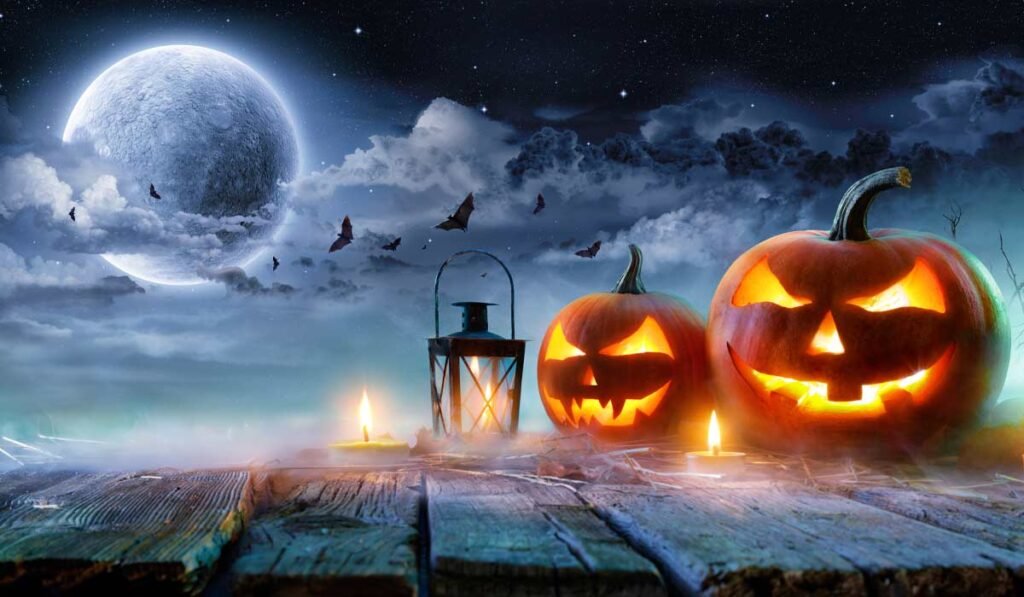
The Spookifying Cultural History Behind Halloween
The history of Halloween can be traced back to the ancient Celtic festival of Samhain, which marked the end of summer and the harvest and the beginning of winter and the dark half of the year. The Celts believed that on Samhain, the boundary between the worlds of the living and the dead became blurred, allowing spirits to communicate with the living. To ward off these spirits, the Celts would light bonfires, wear costumes to disguise themselves from spirits, and partake in divination rituals. Over time, Samhain evolved into All Saints’ Day, a Christian holiday honoring saints and martyrs. However, many of the pagan traditions associated with Samhain persisted, blending with Christian beliefs to form the modern celebration of Halloween.
Halloween Across Globe
Let’s take a spooky tour around the world to explore the diverse ways people celebrate this eerie holiday.
North America: A Classic Halloween
In North America, Halloween is a time for fun and festivities. Children dress up in costumes, often inspired by popular culture, and go door-to-door trick-or-treating for candy. Jack-o’-lanterns, carved pumpkins with eerie faces, illuminate porches and yards. Halloween parties are common, with people enjoying spooky decorations, themed food, and costume contests.
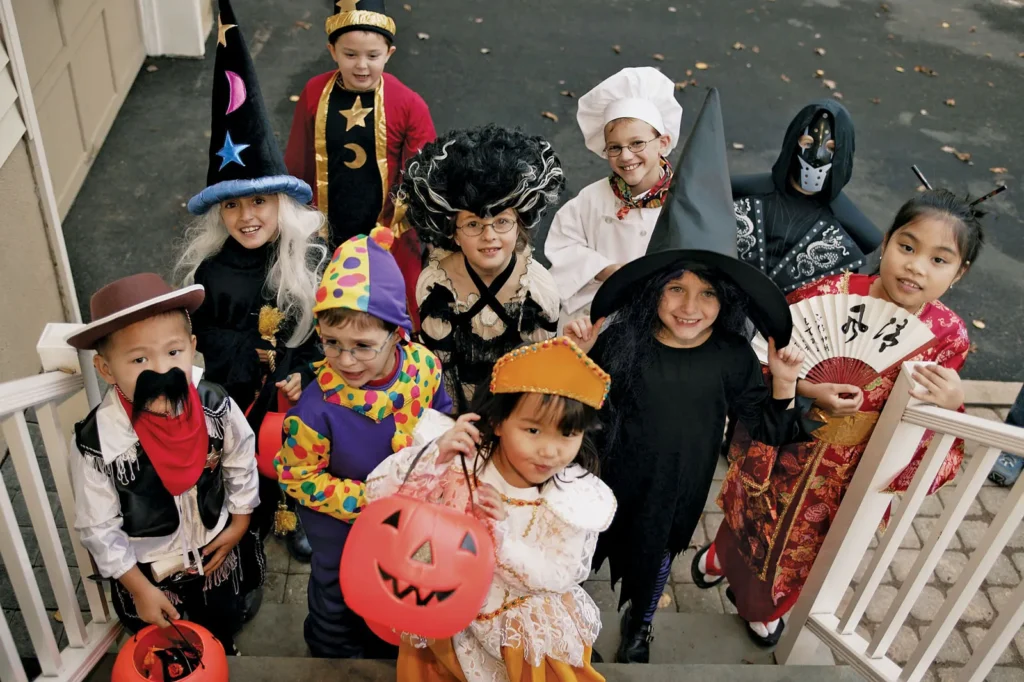
Europe: A Historical Haunt
- Ireland: As the birthplace of Halloween, Ireland has deep-rooted traditions. People light bonfires to ward off evil spirits and honor the dead. They also partake in traditional games like “snap apple,” where participants try to bite into an apple bobbing in a basin of water.
- Scotland: Scottish Halloween, or Samhain, is celebrated with bonfires, storytelling, and divination. People believe that the veil between the living and the dead is thin on this night, allowing spirits to roam freely.
- Germany: German Halloween, or “Halloween,” is a more recent celebration. Children dress up in costumes and go trick-or-treating, similar to North American customs. However, they also enjoy traditional German treats like “Kürbiskuchen” (pumpkin cake) and “Apfelkuchen” (apple cake).
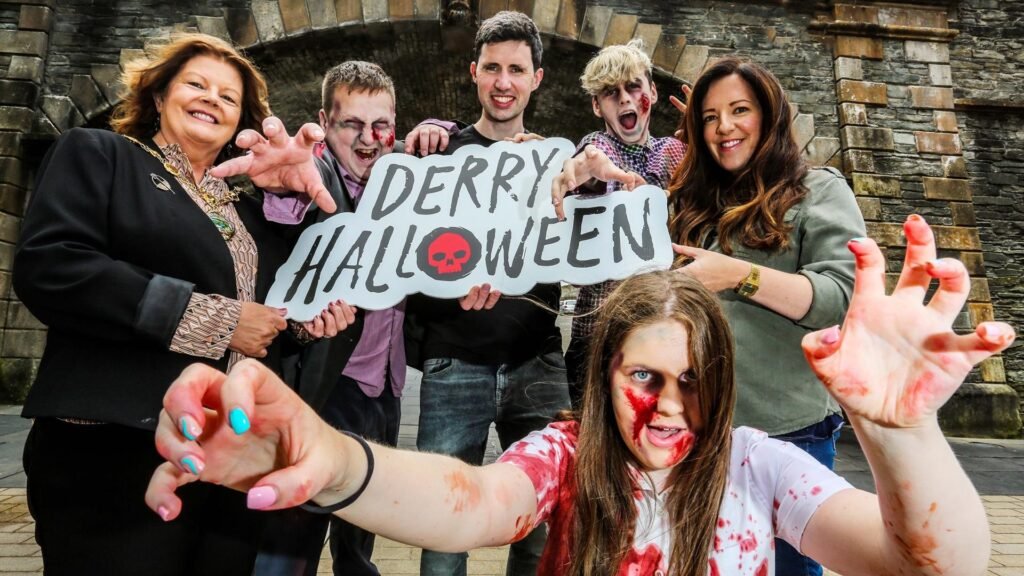
Asia: A Unique Twist
- China: In China, the Ghost Festival, or Zhongyuan Jie, is celebrated in late summer. People honor their ancestors by offering food and burning incense. They also believe that ghosts and spirits roam the earth during this time.
- Japan: Obon, a Buddhist festival to honor ancestors, is celebrated in summer. People clean their ancestors’ graves and light lanterns to guide their spirits home. While not directly related to Halloween, it shares similar themes of honoring the dead.
- Halloween in India – A Growing Phenomenon : While Halloween isn’t traditionally celebrated in India, it has gained popularity in recent years, especially in metropolitan cities. Urban areas like Mumbai, Delhi, and Bangalore now host Halloween parties, costume contests, and themed events at clubs, restaurants, and schools. Shopping malls and entertainment complexes decorate with pumpkins and spooky decorations, while international schools often organize Halloween activities for students.
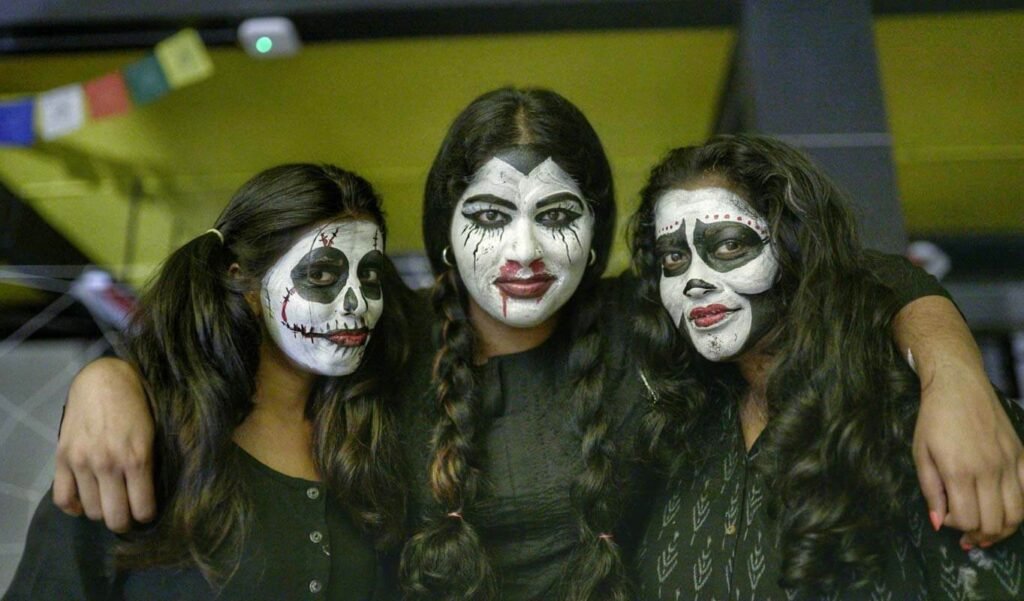
Latin America: A Colorful Celebration
- Mexico: Día de los Muertos, or Day of the Dead, is a vibrant celebration of life and death. The Mexican Day of the Dead, celebrated from October 31 to November 2, is perhaps the most colorful celebration of ancestors worldwide. Unlike the spooky atmosphere of Halloween, this holiday is vibrant and joyful. Families create beautiful altars (ofrendas) decorated with marigold flowers, photos of deceased loved ones, and their favorite foods. Streets come alive with people wearing skull face paint and parading in traditional dress, celebrating the belief that on these days, the spirits of loved ones return to earth for a family reunion. They also visit cemeteries and participate in parades and festivals.
- Brazil: Finados, or All Souls’ Day, is a solemn occasion to remember the departed. People visit cemeteries, clean graves, and pray for their loved ones. However, it’s also a time for family gatherings and sharing stories about the deceased.
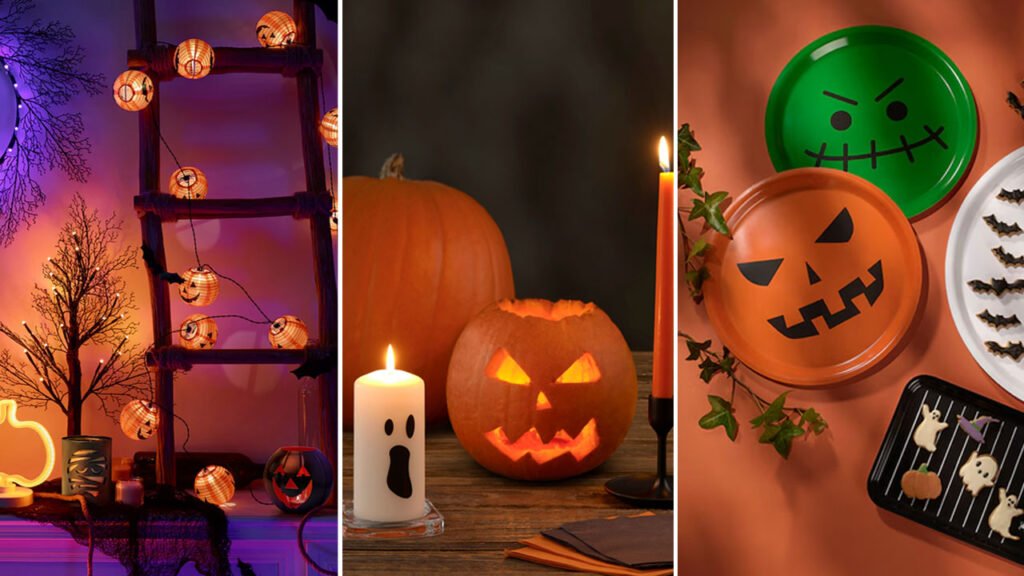
Key Takeaways
While the specific customs and traditions may differ, From the somber remembrance of ancestors to joyful celebrations of life and death, Halloween time festivities around the world remind us that humans share a universal desire to honor those who came before us and explore the mysterious boundary between the world of the living and the dead. These festivities offer a unique opportunity to connect with global cultural heritage and embrace the mysterious and magical aspects of life.











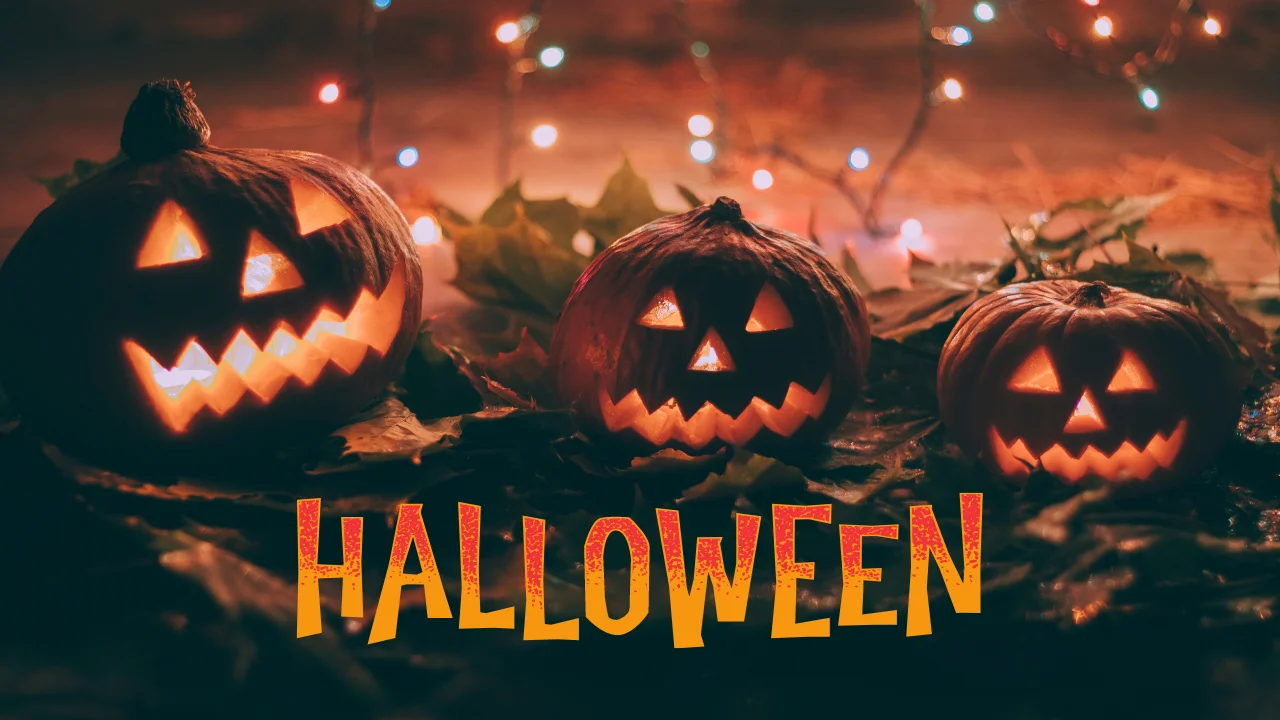
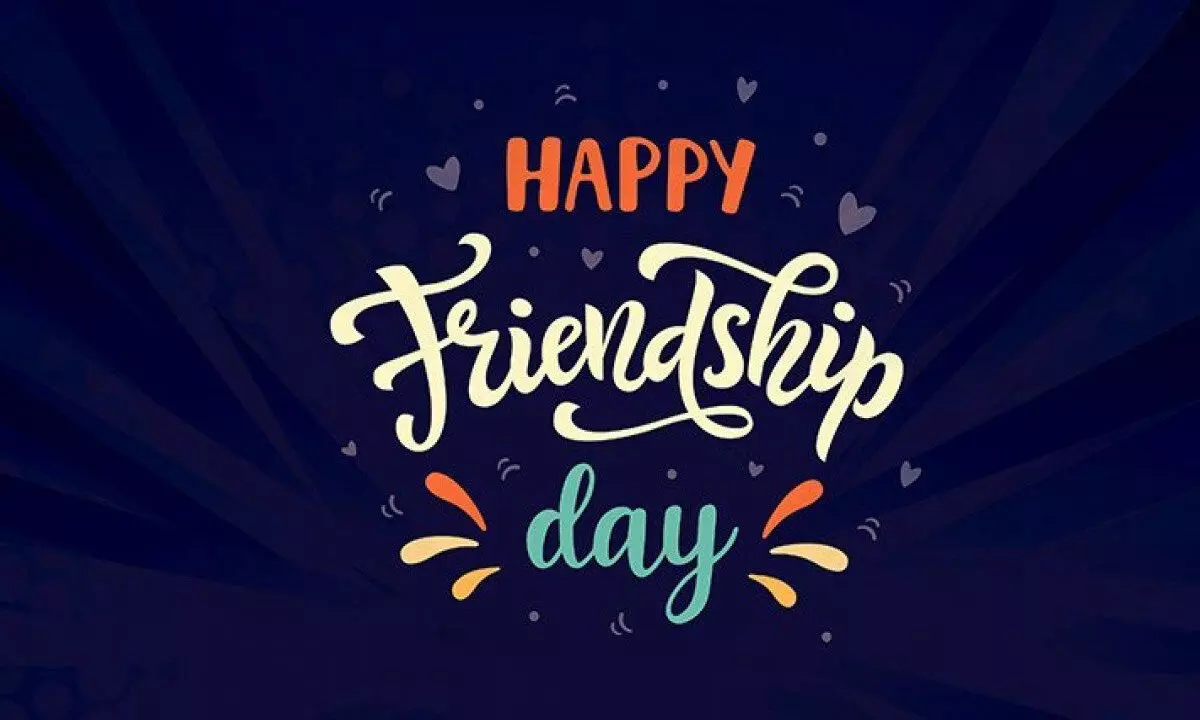
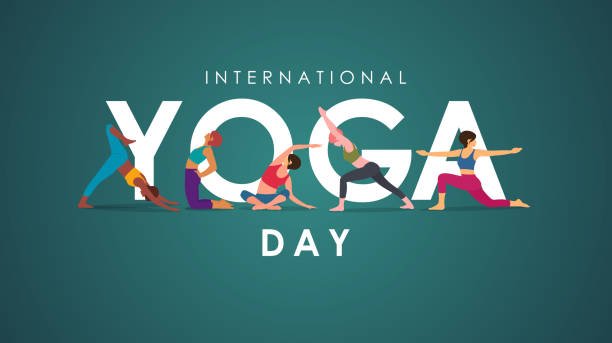


YouJizz I’m fairly new to blogging, but I truly appreciate your content. This article really stood out to me. I’ll save your site and continue to check for fresh posts.